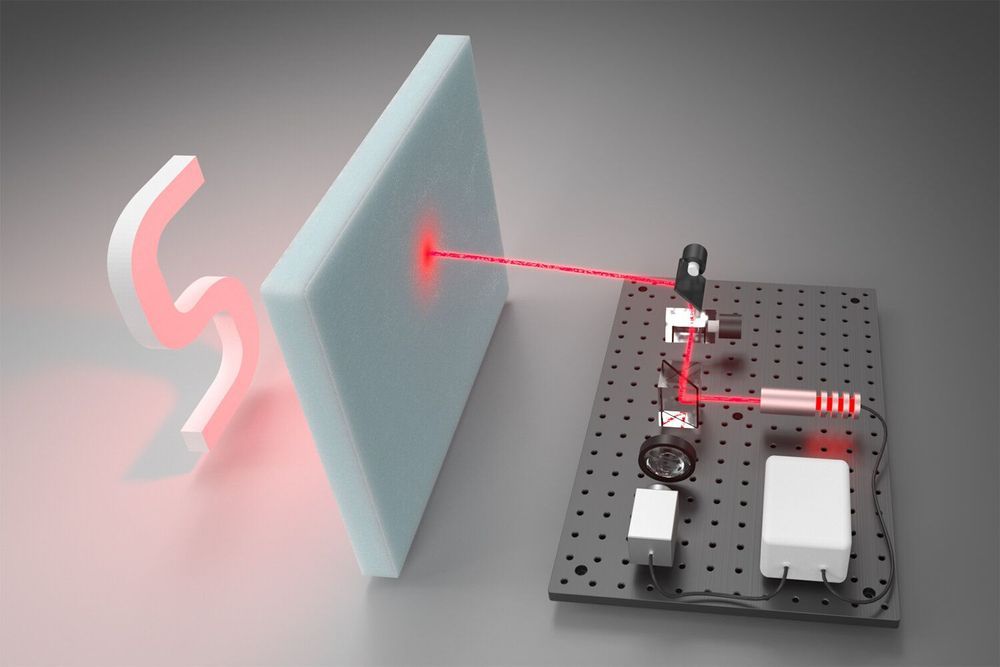Like a comic book come to life, researchers at Stanford University have developed a kind of X-ray vision—only without the X-rays. Working with hardware similar to what enables autonomous cars to “see” the world around them, the researchers enhanced their system with a highly efficient algorithm that can reconstruct three-dimensional hidden scenes based on the movement of individual particles of light, or photons. In tests, detailed in a paper published Sept. 9 in Nature Communications, their system successfully reconstructed shapes obscured by 1-inch-thick foam. To the human eye, it’s like seeing through walls.
“A lot of imaging techniques make images look a little bit better, a little bit less noisy, but this is really something where we make the invisible visible,” said Gordon Wetzstein, assistant professor of electrical engineering at Stanford and senior author of the paper. “This is really pushing the frontier of what may be possible with any kind of sensing system. It’s like superhuman vision.”
This technique complements other vision systems that can see through barriers on the microscopic scale —for applications in medicine—because it’s more focused on large-scale situations, such as navigating self-driving cars in fog or heavy rain and satellite imaging of the surface of Earth and other planets through hazy atmosphere.
